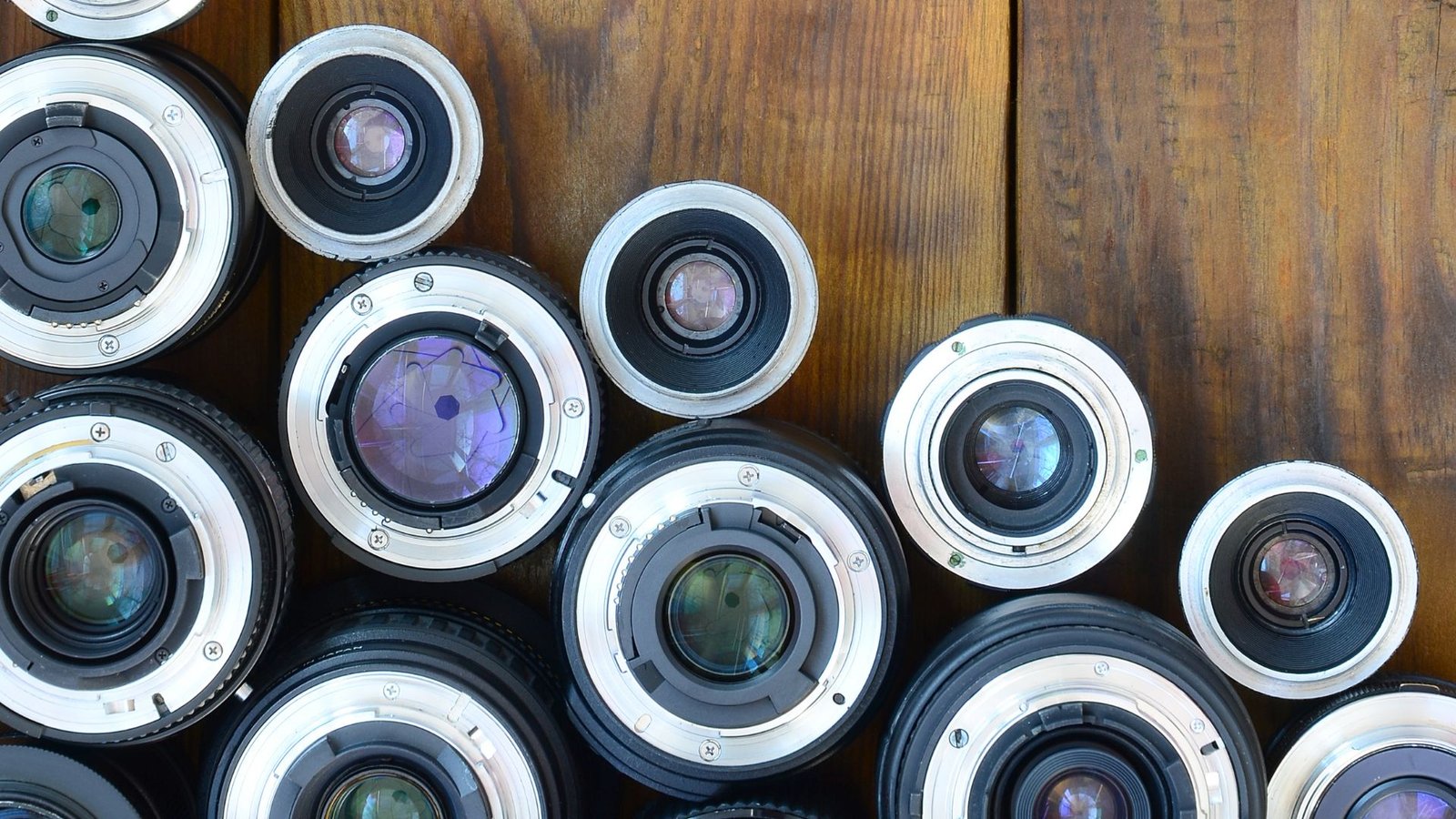Have you ever wondered why camera lenses are curved rather than being flat pieces of glass? Camera lenses are some of the most important and defining parts of any camera system. They act as the intermediary between the light coming in from a scene and the image sensor or film that ultimately captures the photo. One of the key design aspects of lenses is that they are curved rather than being flat slabs of glass. This curvature plays a vital role in how the lens is able to focus light properly and deliver a high quality image. While the exact reasons for lens curvature may not seem obvious at first glance, there are a few core technical reasons why curved lenses are necessary for photography.
The Basics of Camera Lenses
Before we explore the curvature of camera lenses, let’s establish a basic understanding of how lenses work. A camera lens is essentially a piece of glass or other transparent material with curved surfaces. Light travels through these surfaces, bending and focusing the light onto the camera sensor or film, creating a sharp and clear image.
Lenses can be broadly categorized into two types: convex and concave. Convex lenses bulge outward and converge incoming light rays, while concave lenses curve inward and cause light rays to diverge. Camera lenses typically use convex lenses, and the degree of curvature plays a crucial role in determining the lens’s focal length and optical properties.
The Basics of Lens Curvature:
To understand why camera lenses are curved, let’s first delve into the basic principles of lens design. A camera lens consists of multiple glass elements arranged in a specific configuration. These elements work in concert to refract and focus light onto the camera’s image sensor. The curvature of these lens elements plays a crucial role in controlling how light interacts with the lens and, consequently, how the final image is formed.
Refraction and Focusing:
When light passes through a medium of different refractive index, such as air to glass, its path is bent – a phenomenon known as refraction. The curvature of a lens element is precisely calculated to control this bending of light, allowing the lens to focus incoming light onto the camera’s image sensor. The curvature determines the degree to which light converges or diverges as it passes through the lens, ultimately influencing the sharpness and clarity of the captured image.
Correcting Optical Aberrations:
Lens curvature is instrumental in mitigating optical aberrations – imperfections that can distort the quality of an image. Spherical aberration, chromatic aberration, and coma are some of the common aberrations that can occur in lenses. The curvature of lens elements is carefully designed to counteract these aberrations, ensuring that light converges precisely to a single point on the image sensor, resulting in a sharp and clear image.
Achieving a Desired Field of View:
The curvature of a camera lens also contributes to determining its field of view. Different lens designs with varying curvatures can produce wide-angle, standard, or telephoto lenses. Wide-angle lenses typically have a flatter curvature, allowing them to capture a broader scene, while telephoto lenses have a more pronounced curvature, enabling them to zoom in on distant subjects.
Advanced Lens Designs:
As technology has advanced, so too have lens designs. Modern camera lenses often incorporate sophisticated elements, such as aspherical lenses and multiple lens groups, to enhance image quality. Aspherical lenses, with non-uniform curvatures, help reduce spherical aberrations and distortion, resulting in sharper images, particularly at the edges of the frame.
Zoom Lenses and Varifocal Systems:
Zoom lenses, which offer variable focal lengths, utilize complex lens systems with multiple elements that move to adjust the focal length. The curvature of these elements is crucial for maintaining image quality across the zoom range. Varifocal lens systems, commonly found in video cameras, also rely on carefully designed curvature to provide flexibility in focal length without compromising image clarity.
Aperture and Bokeh:
The curvature of lens elements plays a role in shaping the aperture, the opening through which light enters the lens. The shape of the aperture affects the quality of out-of-focus areas in an image, known as bokeh. Lenses with circular apertures, achieved through specific curvature designs, often produce pleasing and smooth bokeh, enhancing the aesthetic appeal of the photographs.
Innovations in Lens Technology:
In recent years, advancements in materials and manufacturing techniques have enabled the creation of lenses with unconventional shapes and features. Freeform lenses, for example, deviate from traditional spherical and aspherical designs, allowing for even greater control over aberrations and improved optical performance.
Diffractive Optics and Fresnel Lenses:
Diffractive optics involve the use of micro-structures on the lens surface to manipulate light. This technology allows for the creation of lightweight lenses with complex curvatures, contributing to the reduction of lens size and weight. Fresnel lenses, with concentric grooves on their surface, achieve similar goals, providing a compact alternative to traditional lens designs.
Curved Sensors:
While the curvature of traditional lenses is well-established, researchers are also exploring the concept of curved image sensors. Curved sensors can potentially offer advantages in terms of reducing optical aberrations and improving overall image quality. Integrating curved sensors with appropriately designed lenses could represent the next frontier in photographic technology.
Conclusion:
The curvature of camera lenses is a fundamental aspect of their design, influencing everything from image sharpness to field of view. As we’ve explored, the precise calculation of lens curvature is crucial for correcting optical aberrations, achieving desired focal lengths, and enhancing the overall optical performance of the lens. With ongoing advancements in lens technology, including the development of unconventional lens shapes and curved sensors, the future holds exciting possibilities for further improving the art and science of photography. The next time you capture a breathtaking image, remember that the carefully curved lenses of your camera played a significant role in turning that moment into a visual masterpiece.


